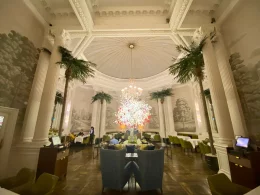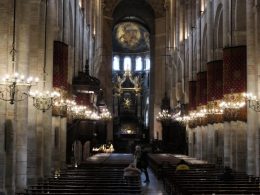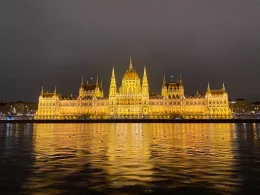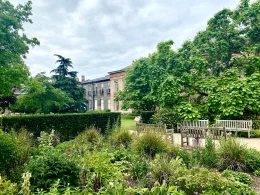Nestled amidst the rugged splendor of the Sierra de Guadarrama, a mere hour’s journey from the vibrant metropolis of Madrid, lies the breathtaking El Escorial Monastery. This monumental complex, commissioned by the formidable King Philip II of Spain in the 16th century, stands not only as a testament to religious devotion but also as a symbol of Spanish power, grandeur, and cultural legacy.




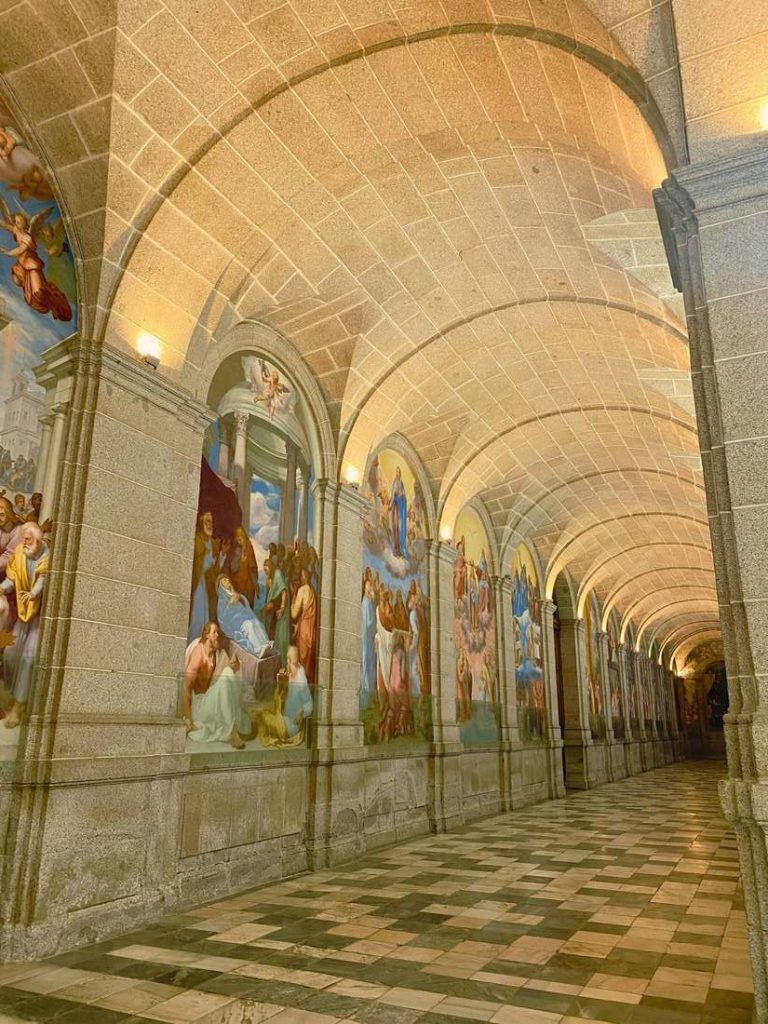
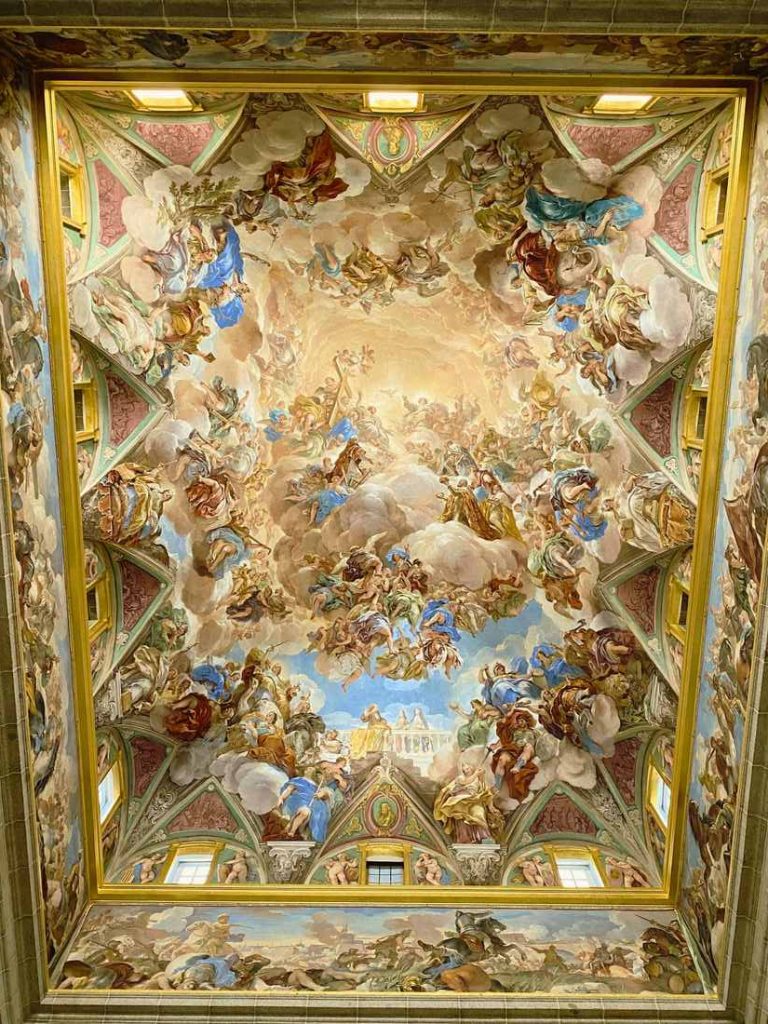
The genesis of El Escorial can be traced back to a pivotal moment in European history – the decisive victory of the Spanish forces at the Battle of St. Quentin in 1557. To commemorate this triumph and honor Spain’s patron saint, San Lorenzo (Saint Lawrence), King Philip II envisioned a grand architectural masterpiece that would serve as a multifaceted institution encompassing a monastery, royal residence, basilica, pantheon, and center of learning. The ambitious project was entrusted to the esteemed architects Juan Bautista de Toledo and Juan de Herrera, who imbued their creation with a unique blend of Renaissance and Spanish Baroque styles.
The exterior of El Escorial leaves visitors in awe with its imposing facade of gray granite, meticulously adorned with intricate sculptures, reliefs, and symbols rich in religious and royal iconography. The sheer scale and attention to detail reflect the monarch’s vision of magnificence and permanence, ensuring that El Escorial would endure as a testament to Spanish sovereignty for centuries to come.





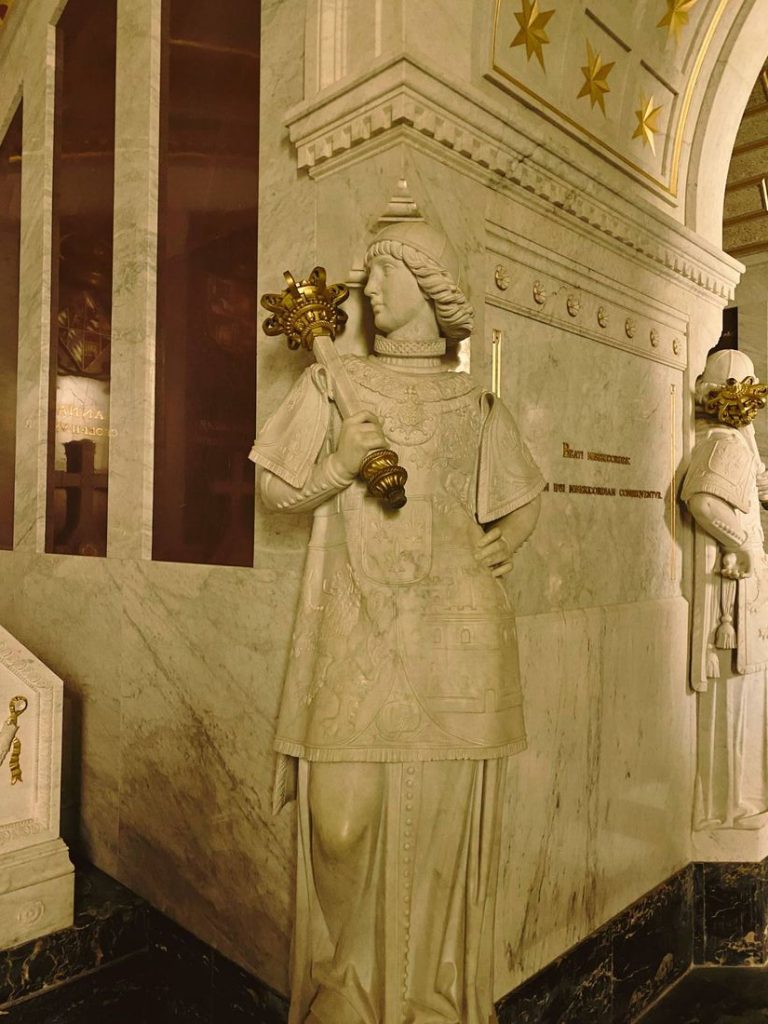



As one crosses the threshold into the interior, they are enveloped in an atmosphere of solemn grandeur and timeless elegance. A vast central courtyard, surrounded by graceful cloisters and adorned with lush gardens and fountains, serves as the beating heart of the complex – a tranquil oasis where visitors can pause to reflect amidst the tumult of history.
Within the labyrinthine corridors and chambers of El Escorial, a treasure trove of artistic, cultural, and historical riches awaits discovery. The magnificent basilica, with its soaring domes and richly adorned altarpieces, stands as a testament to the enduring piety and artistic genius of the Spanish people. The opulent royal apartments, adorned with sumptuous tapestries, gilded furnishings, and priceless artworks, offer a glimpse into the lavish lifestyle of Spain’s monarchs.


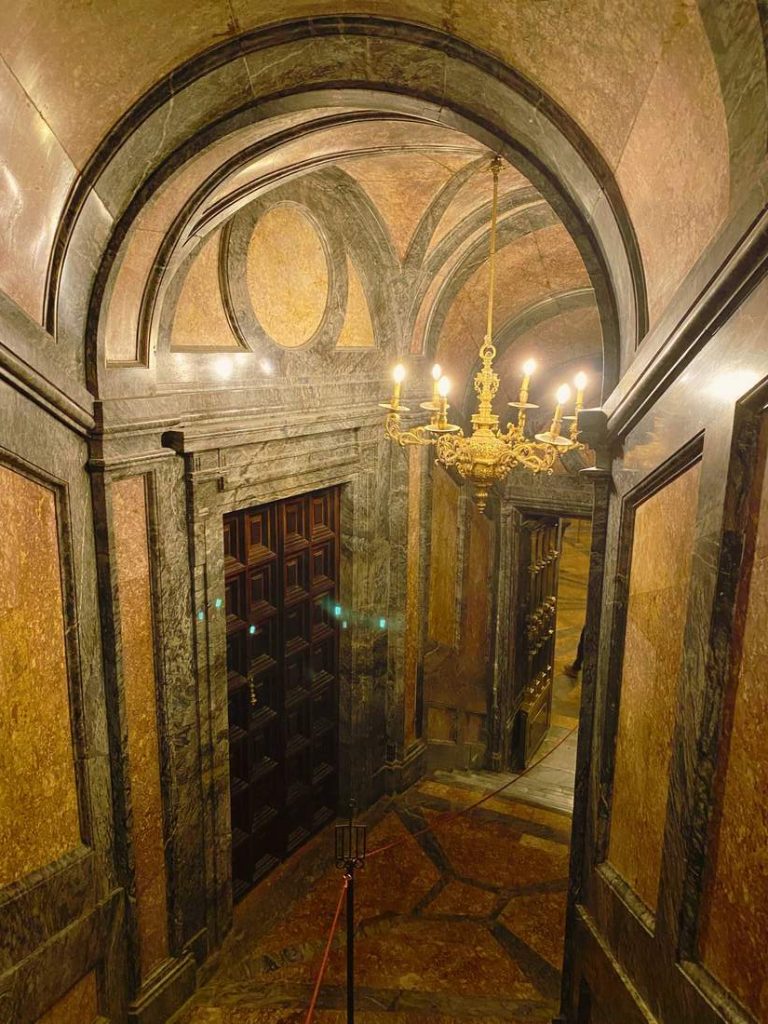

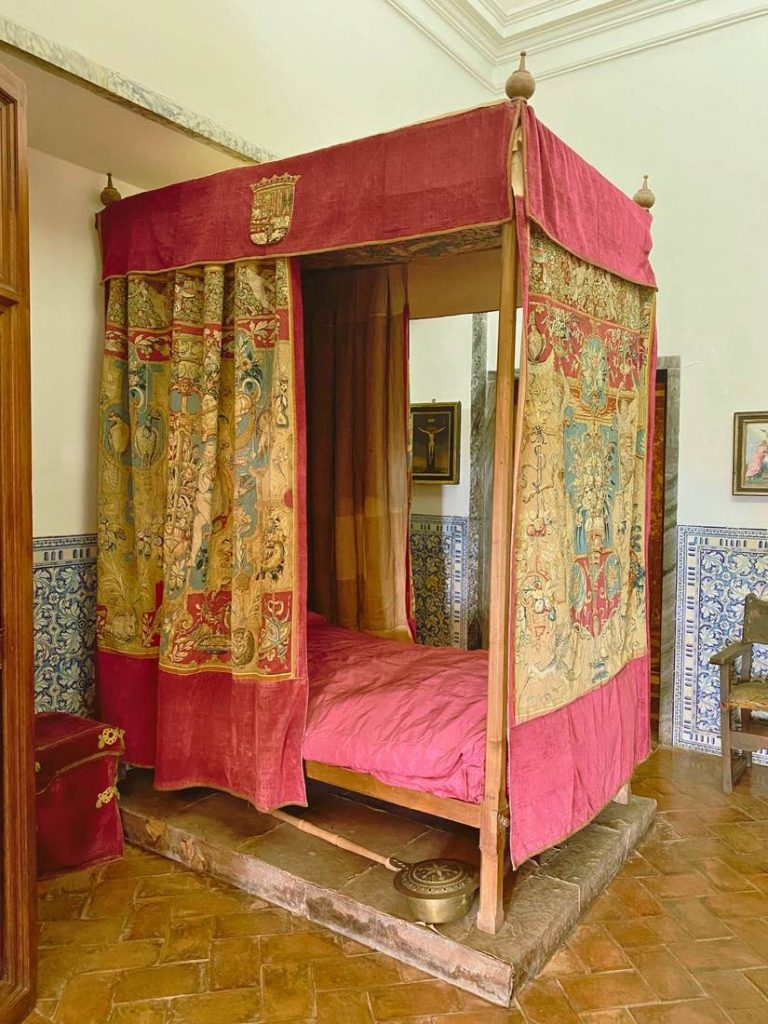


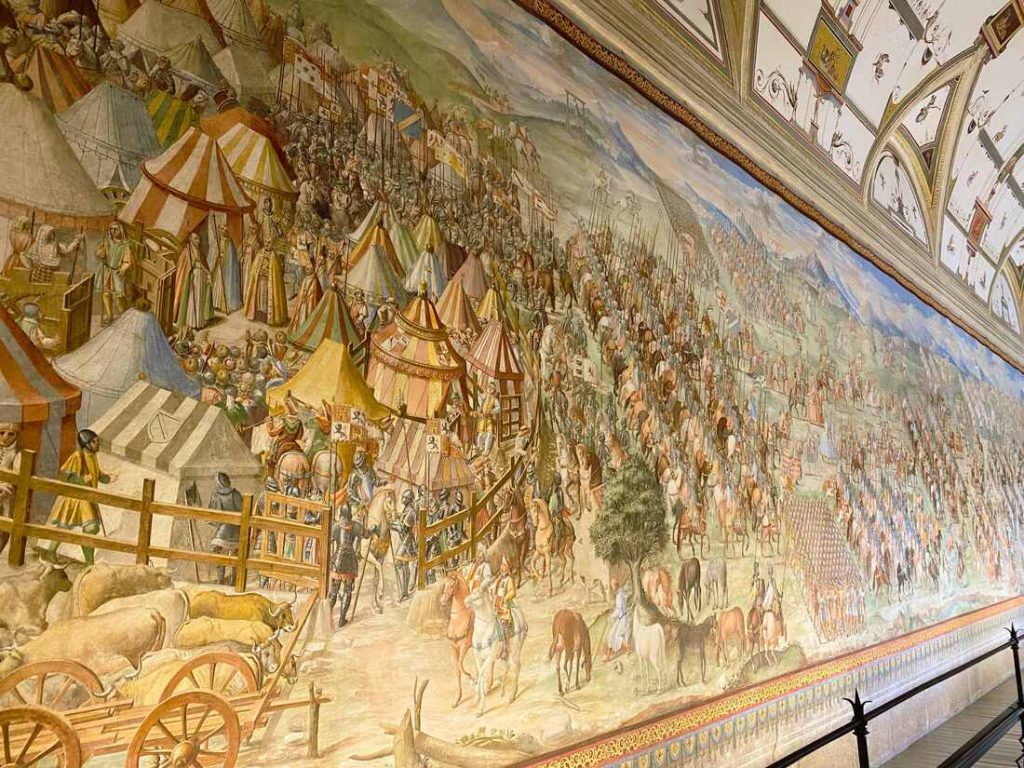
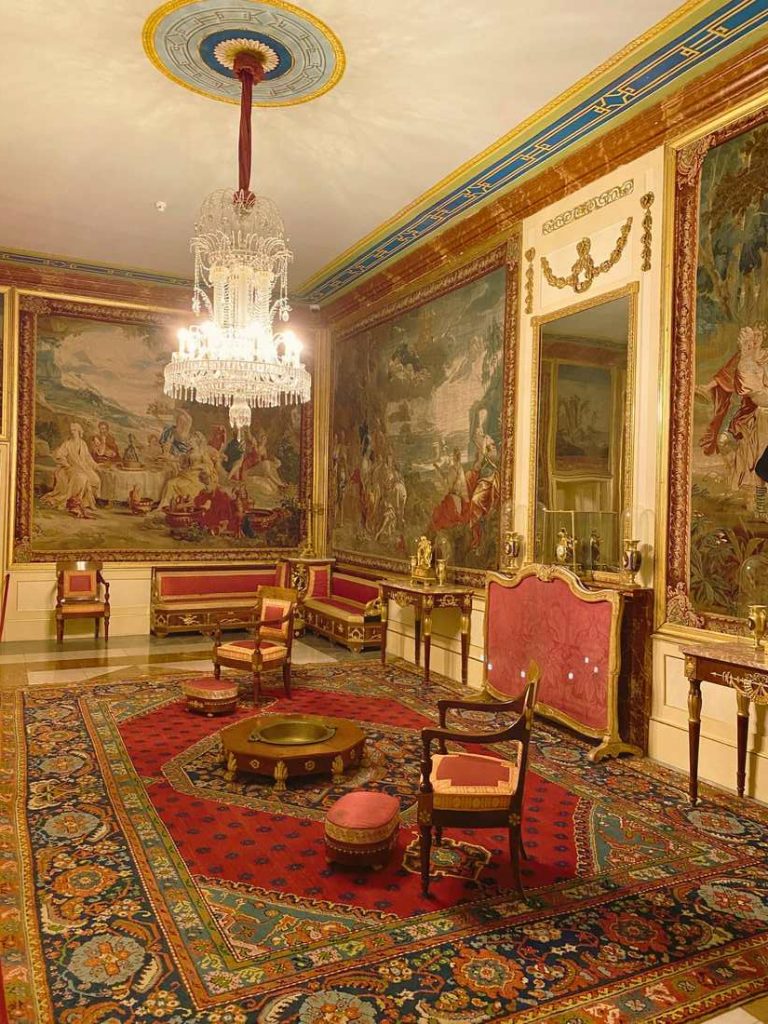
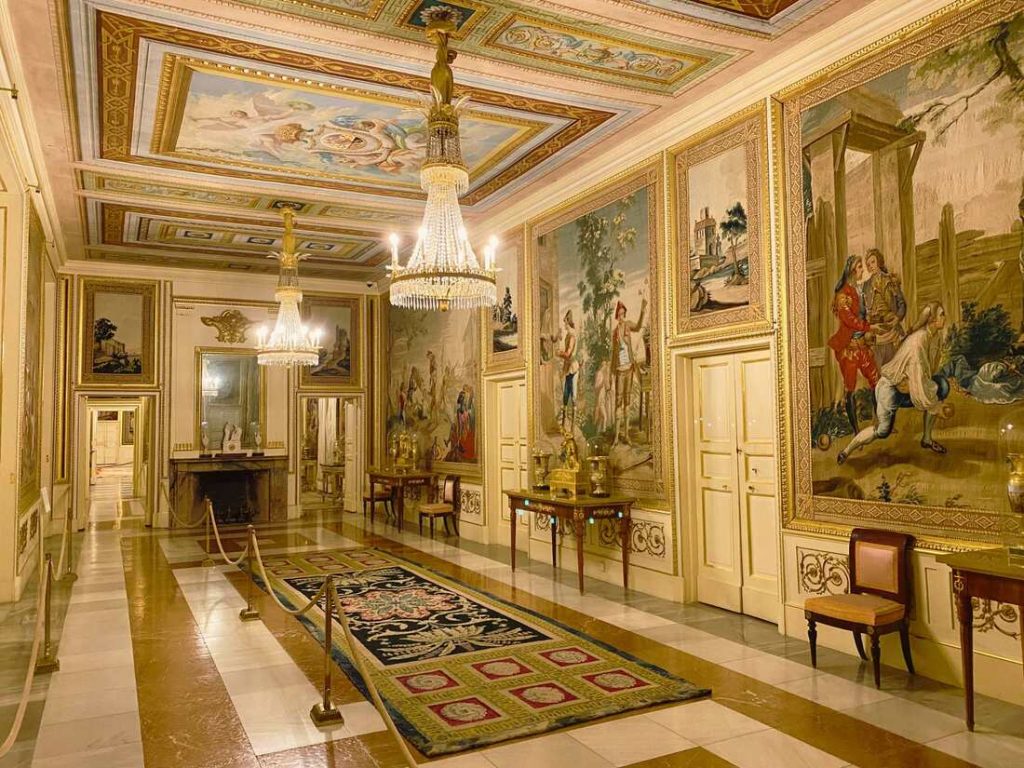
One of the most poignant aspects of El Escorial is its role as the final resting place for generations of Spanish royalty. The Royal Pantheon, a solemn chamber located beneath the basilica, houses the marble sarcophagi of kings, queens, princes, and princesses, their effigies carved in exquisite detail, their legacies enshrined for eternity.
For travelers seeking to embark on a pilgrimage to this sacred site of Spanish history and culture, the journey from Madrid is both convenient and enchanting. A short train ride transports visitors from the bustling streets of the capital to the serene beauty of the Spanish countryside, culminating in a breathtaking vista of El Escorial against the backdrop of the mountains.
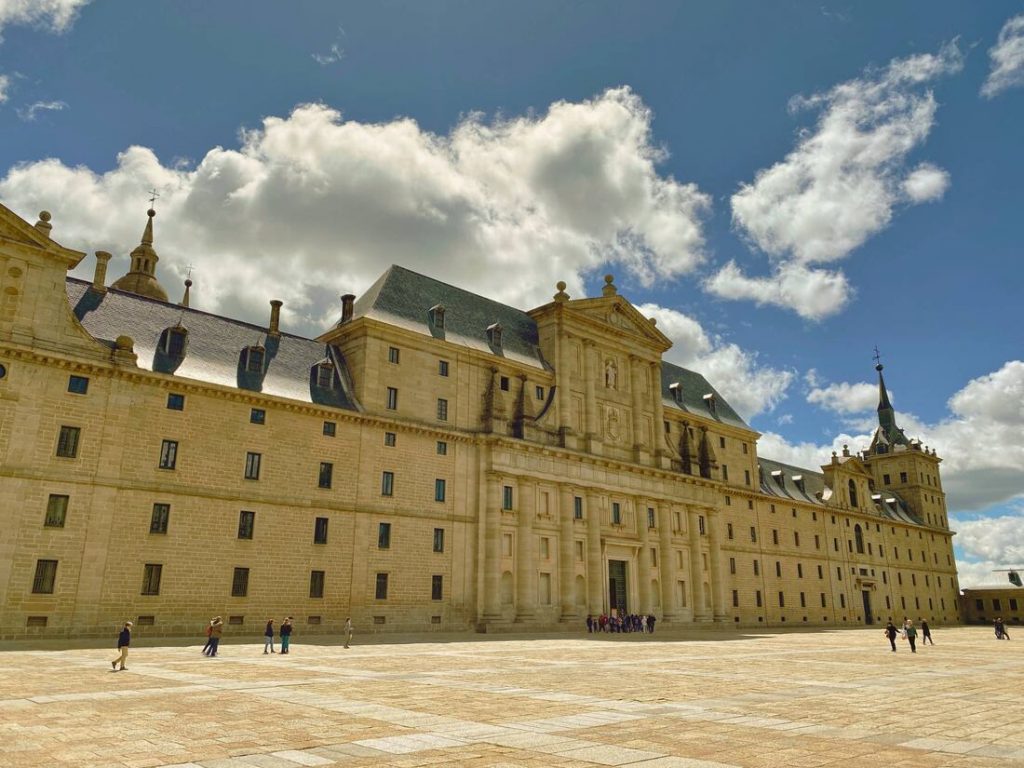
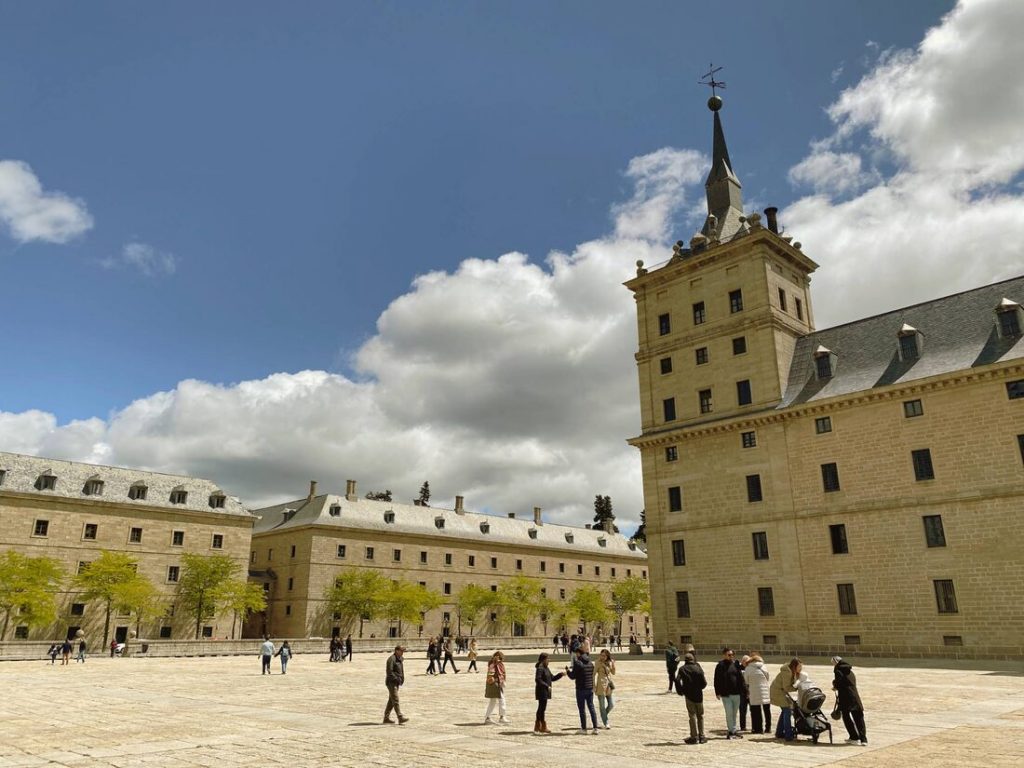
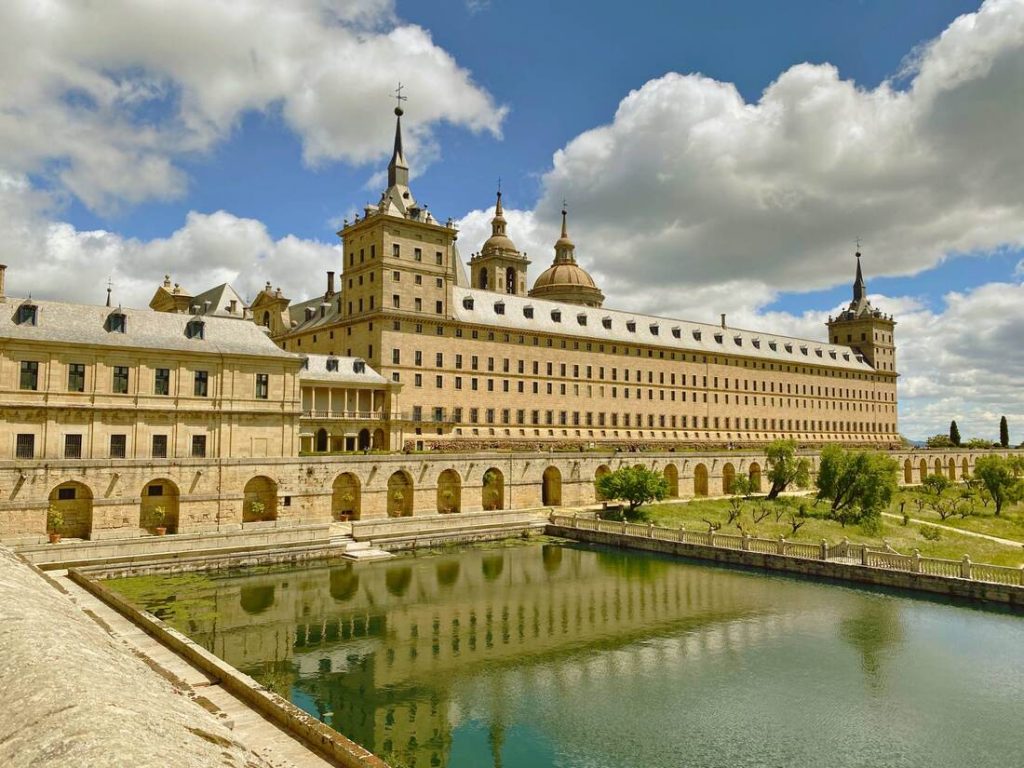
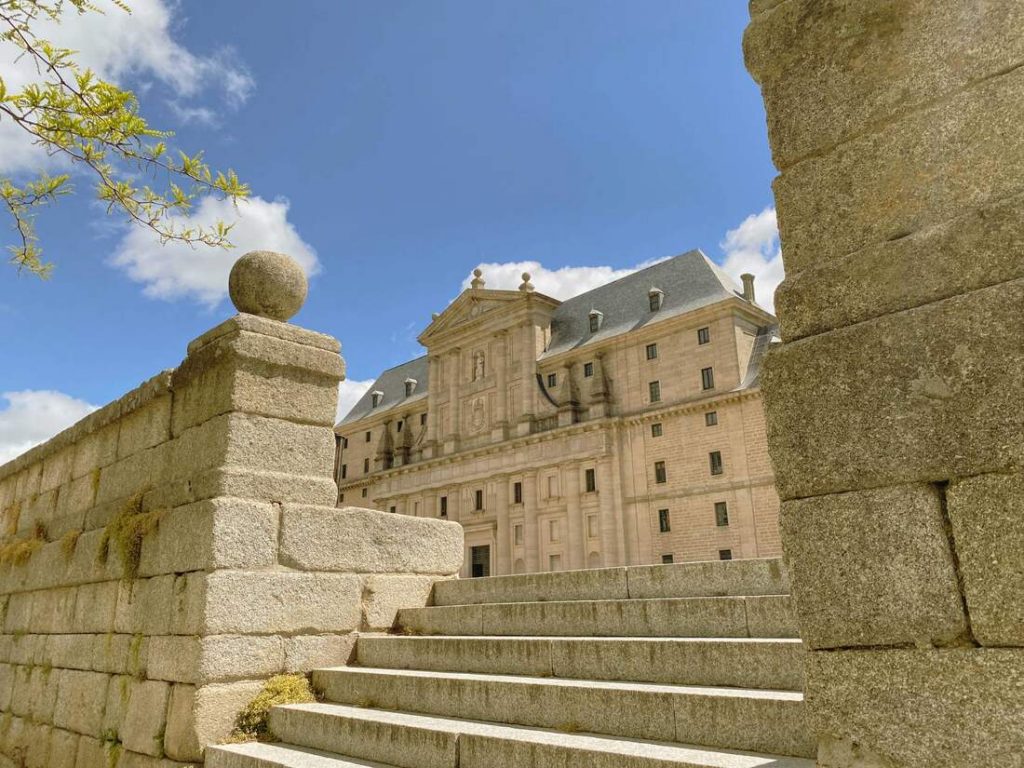
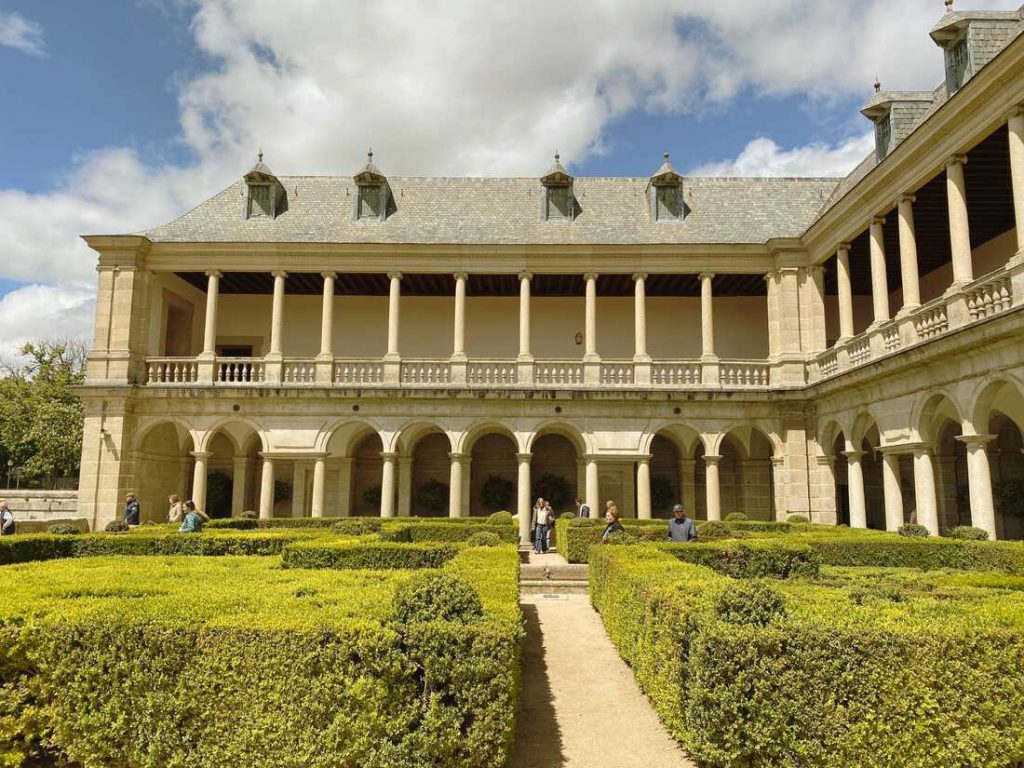
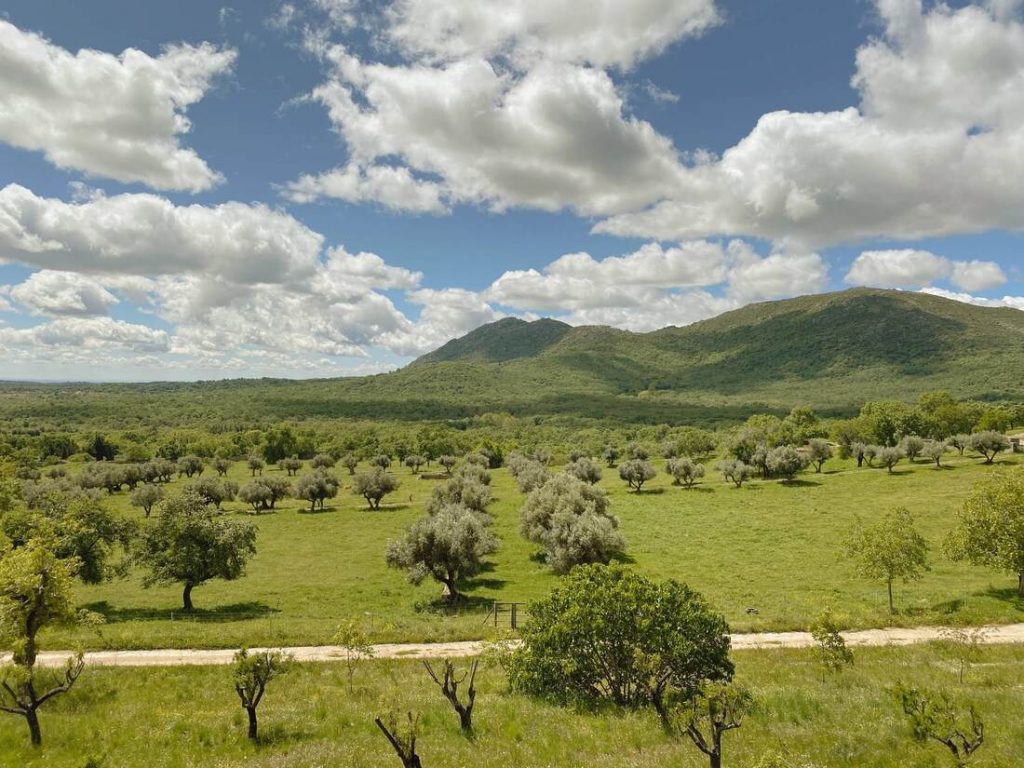
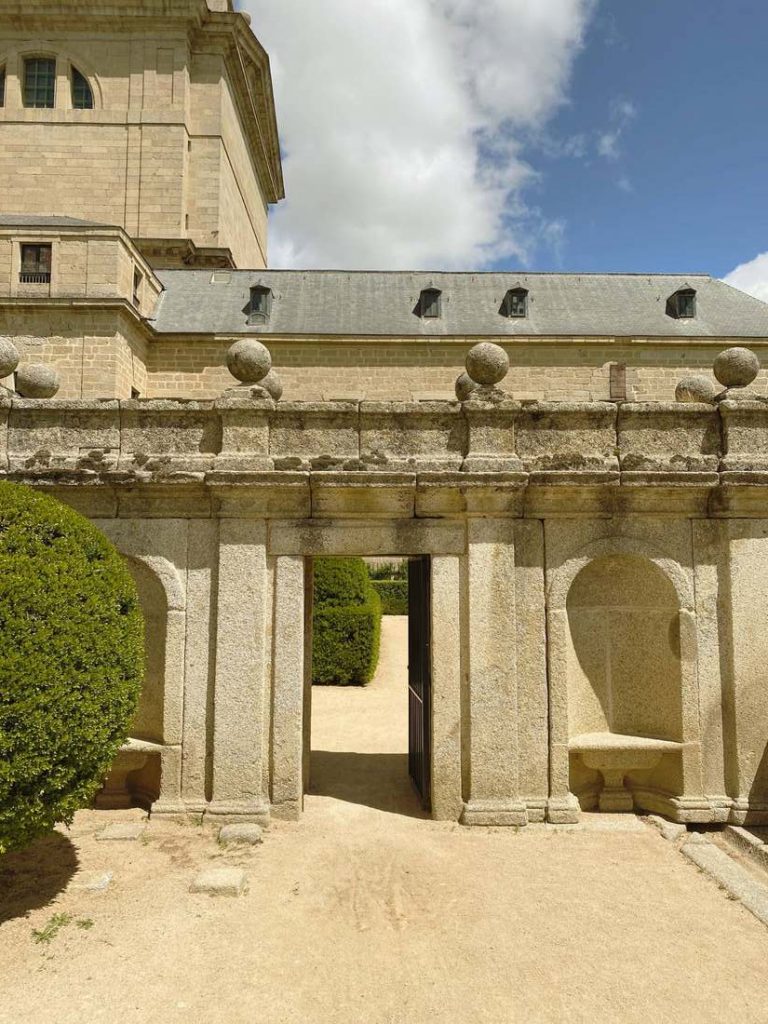

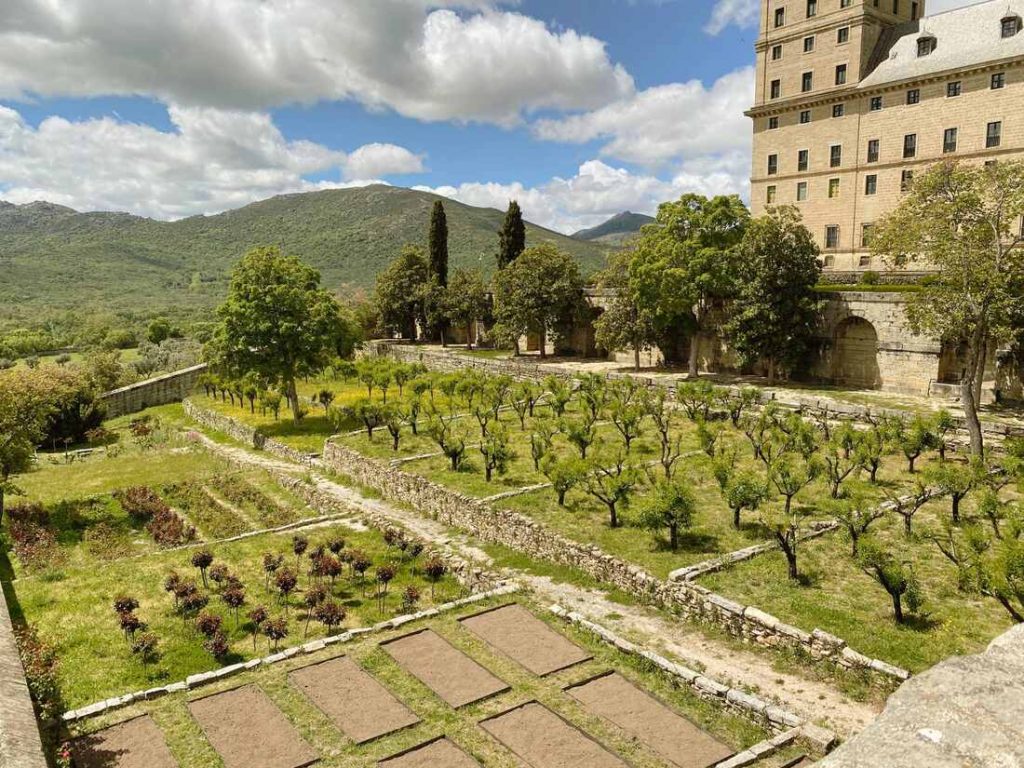
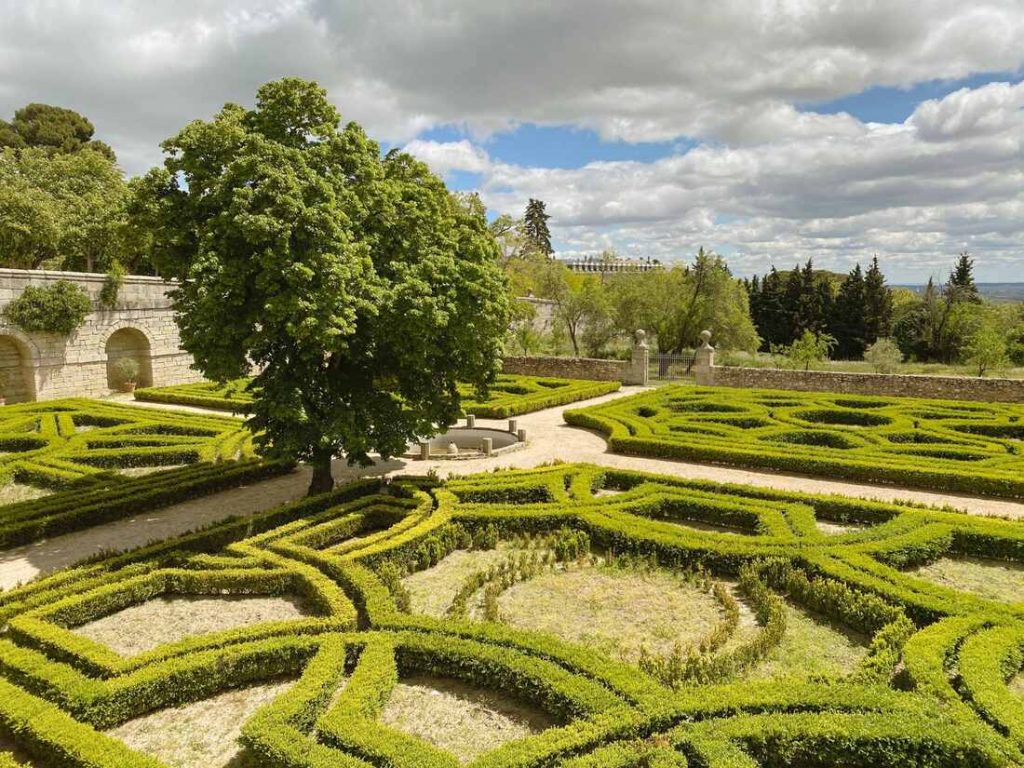

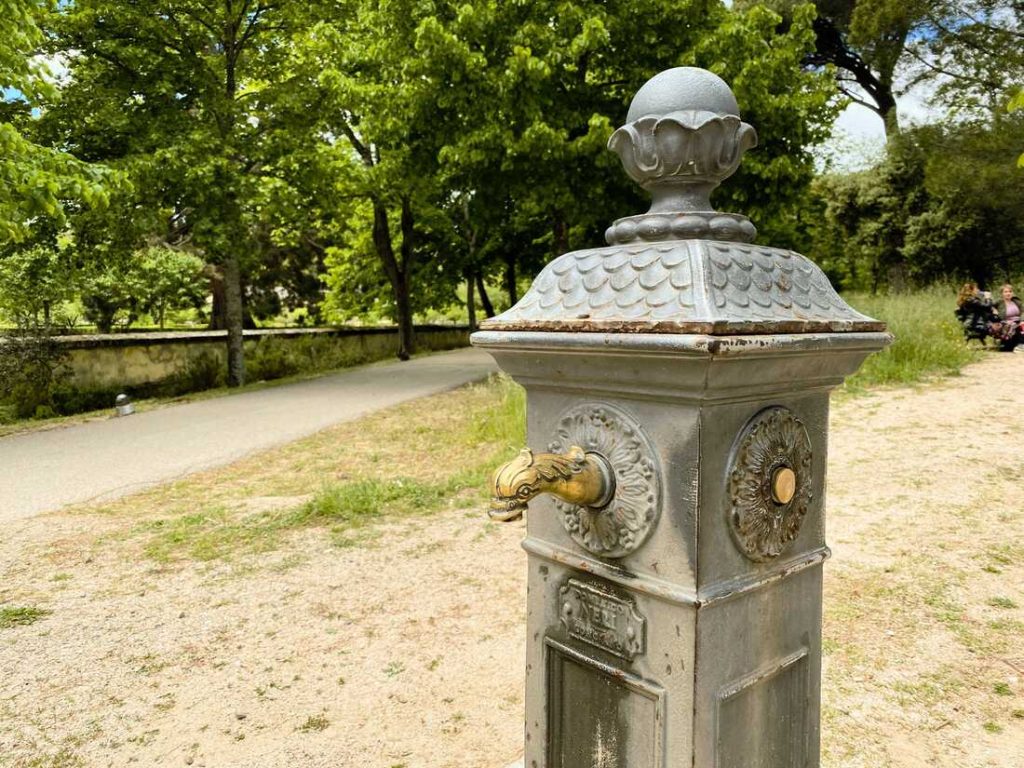
The cost of admission to El Escorial is a small price to pay for the privilege of experiencing its unparalleled splendor and significance. Typically ranging from €10 to €15, the entrance fee grants access to the myriad wonders of the monastery, including guided tours, exhibitions, and cultural events.
In conclusion, El Escorial Monastery stands as a shining beacon of Spain’s rich cultural heritage, a masterpiece of architecture and artistry, and a sacred repository of the nation’s royal legacy. Its significance transcends time and space, inviting visitors to embark on a journey through the annals of Spanish history and discover the enduring spirit of a nation. A visit to El Escorial is not merely a sightseeing excursion – it is a profound encounter with the soul of Spain itself, a pilgrimage of the heart and mind.
Address: Av Juan de Borbón y Battemberg, s/n, 28200 San Lorenzo de El Escorial, Madrid, Spain
Burials: Philip II of Spain, Charles V, MORE
Province: Madrid
Phone: +34 918 90 59 02
Architect(s): Juan Bautista de Toledo
UNESCO Site Id: 318
Alternative names: Monastery of El Escorial
Architectural style: Herrerian style




